Facebook is one of the world’s largest virtual communities and plays host to a wide array of services and people from across the world. This is, of course, a for-profit company focused on constant growth and two years ago in a leak from inside the company we learned at what cost they would pursue this growth.
Human trafficking has been an issue in online circles since the invention of the chat room if not before. Facebook has become among the new biggest platforms traffickers use to find victims, especially for domestic work in the Middle East. In the leak, one document appeared that examined the extent to which Facebook and its related products were being used in the practice of human trafficking. This document was called “Domestic Servitude: This Shouldn’t Happen on Facebook and How We Can Fix It.” The document details specific strategies that should be employed to combat this practice on Facebook, but it seemed to fall on deaf ears despite being entirely paid for by the company. What programs were put in place quickly became defunct, many of the suggestions were never implemented at all. The reason for this? Taking an aggressive stance would hurt Facebook’s bottom line. The company was afraid of “alienating buyers,” meaning the buyers of people sold into domestic servitude.
Many women have come across ads on Facebook and Instagram from “employers” boasting of great pay and excellent working conditions. These women would then contact these employers via Facebook Messenger, Instagram’s direct message feature, or even Whats App which is a messaging app owned by the same parent company. Many of these stories describe victims and traffickers meeting, making arrangements, and even reimbursing plane tickets without ever leaving the Facebook ecosystem. The documents leaked from within the company reveal that Facebook has known about this problem for many years and yet has been relatively lethargic when it comes to enacting solutions that they paid researchers and law-enforcement experts to come up with.
Reading UnFree, we have spoken a lot about what happens when the women arrive in the country of their employment, but this piece by the Wall Street Journal is an exploration in to the nefarious ways these women often come to arrive in the countries. The agencies involved in this creation of this un-freedom are the ones to blame, but there is something to be said of Facebook facilitating this knowingly simply because they fear that alienation of traffickers would hurt the company’s bottom line.

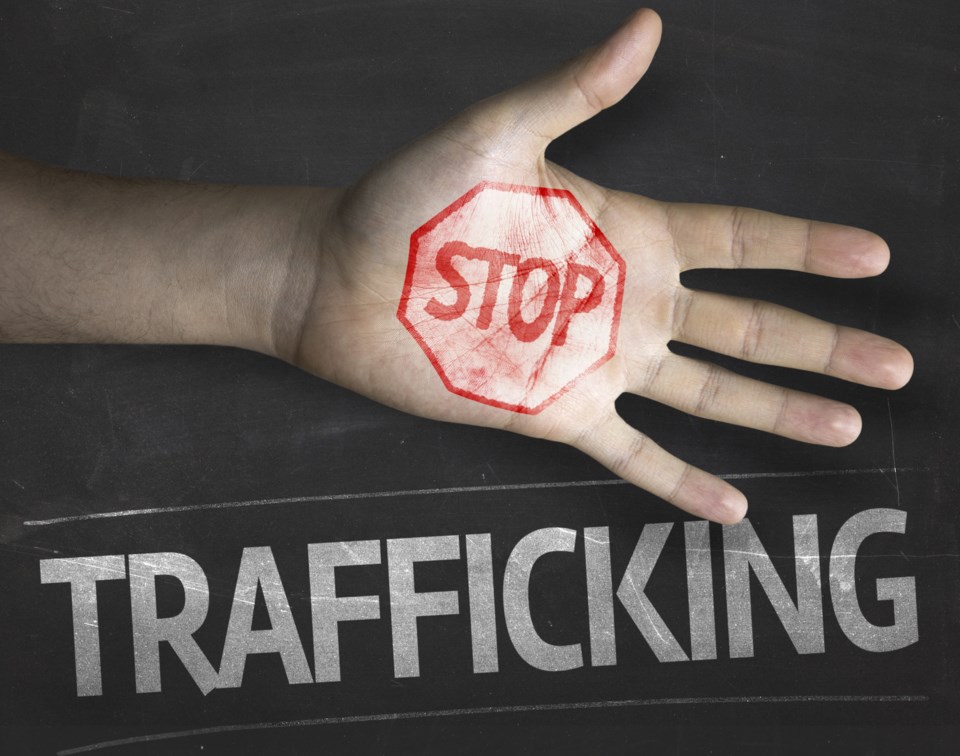
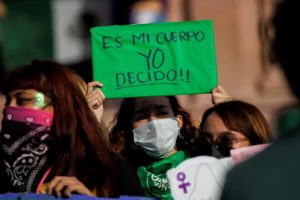


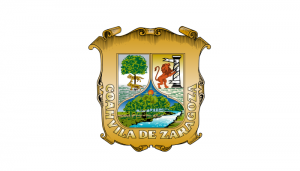


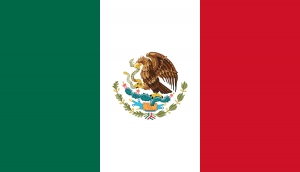
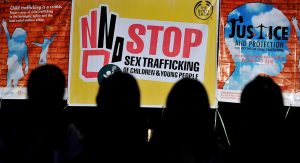 justice system. There are protocols put in place for obligatory purposes, but they are contradictory at best and have a lot of grey area. The United Nations Protocol on Human Trafficking defines trafficking as:
justice system. There are protocols put in place for obligatory purposes, but they are contradictory at best and have a lot of grey area. The United Nations Protocol on Human Trafficking defines trafficking as: